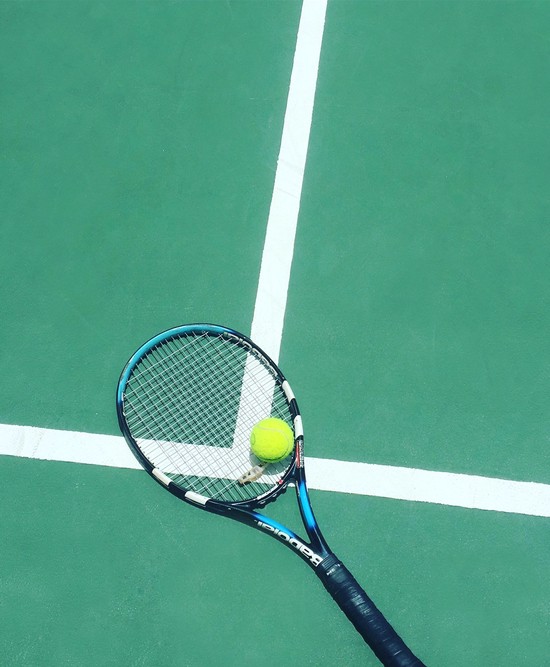About me
Hello! My name is Peter and I’m a tennis data scientist at Sports Media Tech. I received my Master’s in Statistics at SFU, where I applied Bayesian models predicting tennis serve direction using tracking data from Roland Garros. This project was supervised by Tim Swartz.
I’ve interned at Aquatic Informatics applying anomaly detection algorithms and at the Canada Revenue Agency studying tax-evasion. I’ve also been an R consultant running programming workshops at SFU Research Commons, and a Statistical Genetics researcher with Kelly Burkett.
You can find my recent tennis analytic blogs and data visualizations on twitter or hosted on-the-t.com:
- A Spatial Exploration of Serve Patterns (May 2021)
Hawkeye tracking data is now publicly available! Using shot heatmaps, we dive into player service patterns and find that players overtly target the returner’s
backhandon second serve, and thatRoger Federerhas predictable serve patterns on high pressure points.
- Sizing Up the Height Advantage on Serve (Oct 2020)
How much does height influence a player’s ability to hit aces? Does the added reach also give an advantage on the return game? We model
Ace Hit Ratesusing polynomial regression and also introduce a novel metricAces allowed rate!
- Serve Chronicles (Aug 2020)
The serve is the most important shot in tennis, and there have been some conspicuous serve performances in recent memory! Eg: Guillermo Coria once averaged 4 double faults per 10 second serves in 2006. In this post, we look at outlying performances and trends in aces/double faults. Interestingly, WTA players on average hit more double faults than they do aces.
In 2019, Alex Zverev’s second serve was a major liability in his game. Would Zverev been better off hitting two
flatserves rather than the conventionalflat-kickserve combo?
Interests
- Bayesian Models
- Tennis
- Handstands
Education
-
Msc Statistics, 2019 - 2021
Simon Fraser University
-
Bsc Biostatistics, 2014 - 2019
University of Ottawa












